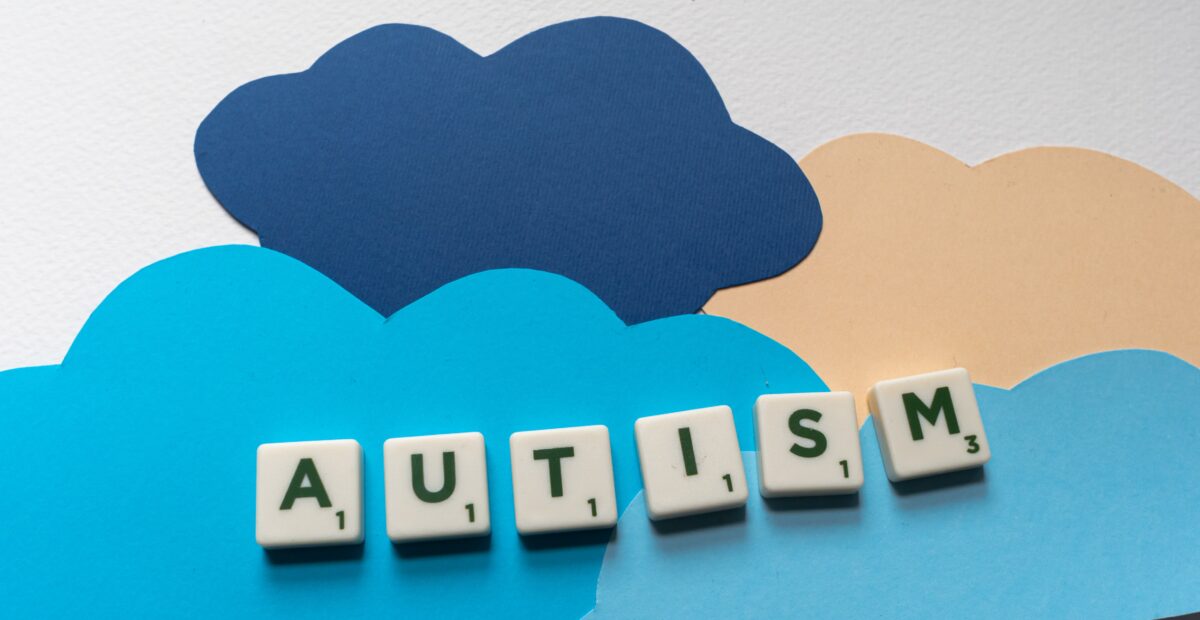6 Common Myths About Autism

Featured Image by Polina Kovela, Pexels
Why Are There Myths About Autism?
Autism Spectrum Disorder affects roughly 1% of the population. Some estimates place this higher – the CDC say 1 in 68. Despite its prevalence, the neuro-developmental disorder is still woefully misunderstood.
Autism has a complicated history. Some think it was first described in 1943 by Leo Kranner, but in recent years many have rediscovered the earlier works of Hans Asperger and German psychiatrist Eugen Bleuler in discovering autism. Some descriptions can be found as far back as 1799.
Steve Silberman, author of Neurotribes, describes the history of autism as ‘a history of myths’, contributing to a muddled popular understanding that prevents those in the spectrum from accessing proper help.
Our explanation of autism and autism quiz can help you develop your knowledge on autism. But to better understand its common myths and arm yourself with info to debunk them, keep reading.
What Are the Most Common Myths About Autism?
Myth 1: Autism is Caused by Vaccines.
This myth is possibly the most damaging, in that it has led to the deaths of children across the world. It stems from a 1998 study published by Andrew Wakefield in The Lancet, alleging a link between the MMR vaccine and a hypothetical bowel disorder that he claimed could cause autism. Wakefield leveraged this now debunked study to wage a media panic against the MMR vaccine that dominated headlines in the early 2000s.

Image by Karolina Grabowska, Pexels
Years later, investigative journalist Brian Deer would uncover the deep flaws of the study, as well as the fact that Wakefield filed a patent for an alternative measles vaccine 6 months before publishing the study, clearly intending to profit. Wakefield was thereafter stripped of his medical license, and his paper was retracted by The Lancet.
Wakefield’s study was not only biased and unscientific, but also spearheaded a cynical moral panic that remains strong to this day and has killed children who didn’t receive the appropriate vaccines when they should have. No study since has replicated his findings.
Myth 2: All Autistic People Lack Empathy.
Many see autistic people as ‘emotionless’, even akin to psychopaths.
This is not only untrue, but deeply cruel. Autistic people feel just as much empathy as anyone else, and are perfectly capable of loving, intimate relationships. Autism does create difficulty decoding social signals, which causes anxiety. So what looks ‘cold’ and ‘distant’ is often just increased social anxiety stemming from trouble processing social cues.
And of course, no one presentation is indicative of ‘all autistic people’. Autism is a spectrum that affects everyone differently – some may be non-verbal while others may be highly communicative.
Myth 3: Autism is Caused by Parenting Styles.
This one is not only ableist, but also sexist. Coined by Kanner himself, the 1950s Refrigerator Mother Hypothesis – that a cold and distant mother would create autism in their child as the result of neglect – was popular for years.
This theory stigmatised autism so effectively that parents often delay getting their child the proper help. Bernard Rimland, founder of the Autism Research Institute, would debunk this in the 70s by finding differences in brain structure and genetic predispositions in autistic people. But like the vaccine myth, it still haunts public discourse.

Image by Kampus Productions, Pexels
Myth 4: You Can Grow Out Of Autism
This myth goes hand-in-hand with the idea that only children are affected by autism. In reality, autism is a lifelong disorder. The expression of specific traits may change over time and response to environmental changes, but this is very different to ‘growing out of it’.
A reason for this falsity might be adults learn to ‘mask’ their symptoms, while children present more obviously to caregivers. So what some perceive as ‘growing out of it’ might just be those on the spectrum developing a stronger understanding of their disorder and how to manage it as they age.
Myth 5: Autism Can be Cured with Medicine.
Some think autism is a disease to be ‘cured’. This is deeply misguided. Autism is not an ‘illness’, but a difference in processing caused by a neuro-developmental disorder.
Autism may cause severe difficulties in day-to-day functioning, which may look to some like an illness, but this is more due to our society failing to provide adequate support to those on the spectrum. To consider autism an illness to be ‘cured’ is to invalidate the inner experiences of millions of people.
That said, autism can be managed. Some treatments include:
- Early Behavioural and Communication Therapy, which can help individuals engage socially and regulate emotions/behaviour.
- Family Therapy, which can teach parents how best to play and communicate with their autistic children.
- Medication; while no medicine can possibly ‘cure’ autism, some can help manage symptoms of hyperactivity or comorbid depression/anxiety.
Myth 6: Autism is New/Overdiagnosed
Some see autism as exploding in prevalence in recent years, even labelling it an epidemic. Others distrust the term, arguing that autism is becoming ‘trendy’.
As we’ve shown, rather than being ‘trendy’ autism has existed as a diagnosis for decades if not centuries. The diagnosis has changed and broadened over the years to include more people, but the core symptoms have stayed the same.
What looks like newness is likely the result of increased representation and society becoming more understanding of what autism is over the past few decades.




